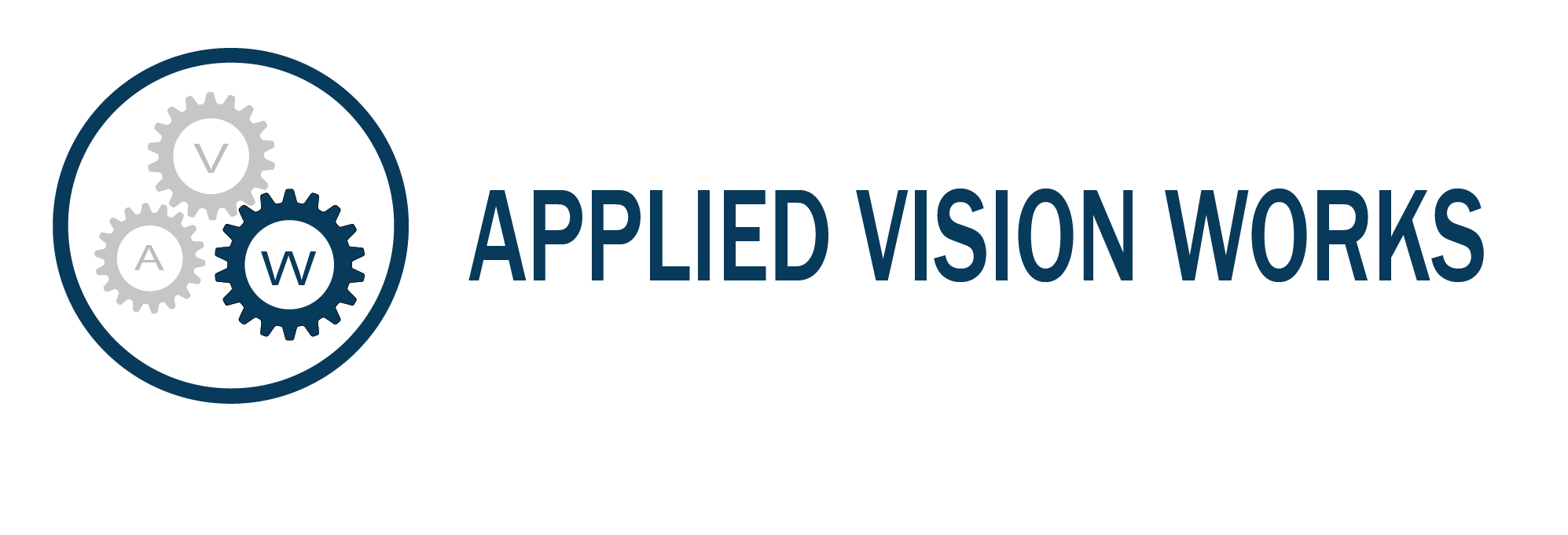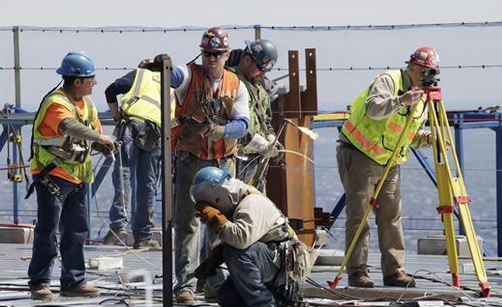The Simplest Way To Fix A Problem
Corporate Cockroaches
Because leaders and managers get very busy, they have a tendency to “shotgun” data and requests for action to their team. At the same time, they forget to give a context to the team as to what is happening. Without the context, what is asked for is a task with no meaning. This can cause leaders and managers to lose an opportunity to increase accountability and results.
Many teams we work with are very busy and have much occurring that “must happen”. One of the objections we get to sitting down to have an important discussion regarding the business is that they are too busy.

However, when we ask them to step back and look at the whole picture and imagine what they would like their job, their team and their organization to look like in 6 – 12 months, they are much more willing to come together to determine what needs to happen now to get better results and to live a better work life over the next 12 months. The context makes this possible.
Our objective in talking is not to hand out more to do or take away from what must happen now. Instead, our purpose is to help determine how to be more effective and get more done with less energy, time and resources. Context creates greater understanding of the overall big picture and the power of the conversation we must have to improve results. By providing a better context, it increases their willingness and motivation.
Another example is that while many of us with good work ethic find it easier to “just do it ourselves”, the only way to get better results as an organization is to increase the capabilities of those around us. That means we have to stop “just doing it ourselves” in some cases and invest time teaching those around us. The organizational goals and our job descriptions, if done well, are the context (bigger picture) that leads us to a better understanding of what we must do to truly become great.
Recently a client took this a step further. We were talking about internally branding the company with employees and cascading down the values in action. The metaphor used was that of a cowboy and the mythical aspects that go with it. Metaphors are powerful because they help create an image, a picture, which, as the saying goes, is worth a thousand words.

The cowboy metaphor is a great image because:
- Cowboys are heroic.
- They pull guns, shoot first, and ask questions later (which is their corporate style).
- They tame the mustang or the bull, or die trying.
- Like the Lone Ranger and Tonto, they are multi-cultural
- Cowboys are always hard working; they roll up their sleeves and get dirty. They are up and working before dawn and still working at dusk.
- They travel relentlessly, bed down by the camp fire, sleep under the stars, eat beans and drink crummy coffee.
- Cowboys prefer great steak.
- They celebrate a good win! Whiskey for the men and beer for the horses.
Whether or not the metaphor of a cowboy fits you or your team, using a metaphor is an easy tool in determining if you would or want to fit into their culture. The cowboy, if you were in that type of culture, would be a good way to determine how you can be most effective in taking action in their world.
Many of the leaders we know work very hard. They can get tired so in order to save time and energy that they stop providing context, imagery, and the metaphors that help to clarify what is important and why. Soon after is typically when problems start to occur within the team and organization.
If you are a leader or manager working to get great results and are not using context and metaphors, you are losing a powerful tool to increase your teams’ capabilities. Make sure you are using both context and metaphors. This type of tool is also helpful when considering an acquisition or merger to determine if the cultures will collide or peacefully coexist.
By the way, the best way to determine if you are doing that is to ask your team. Get your team asking you lots of questions. This, more than anything else, will get them lead you to the most powerful context and metaphors that work for them.
- Are you using metaphors to convey with imagery as well as with words?
- Do you actively provide context in conjunction with requests for action?
- Is your culture one of questions?
If you are interested in learning more about how to create context and metaphors for your organization, contact our expert Guides at 800-786-4332, or Info@AppliedVisionWorks.com. Your success is in plain sight, it just takes action so give us a call today! Don’t let another day go by without realizing your teams’ and organization’s full potential.
The Comprehensive Independence Builder TM You may also wish to learn more about our unique process for leaders called The Comprehensive Independence Builder TM, in which we address all of the obstacles you face and help you use innovative strategies to protect and enhance your organization, improve your quality of life, and better achieve your goals.







